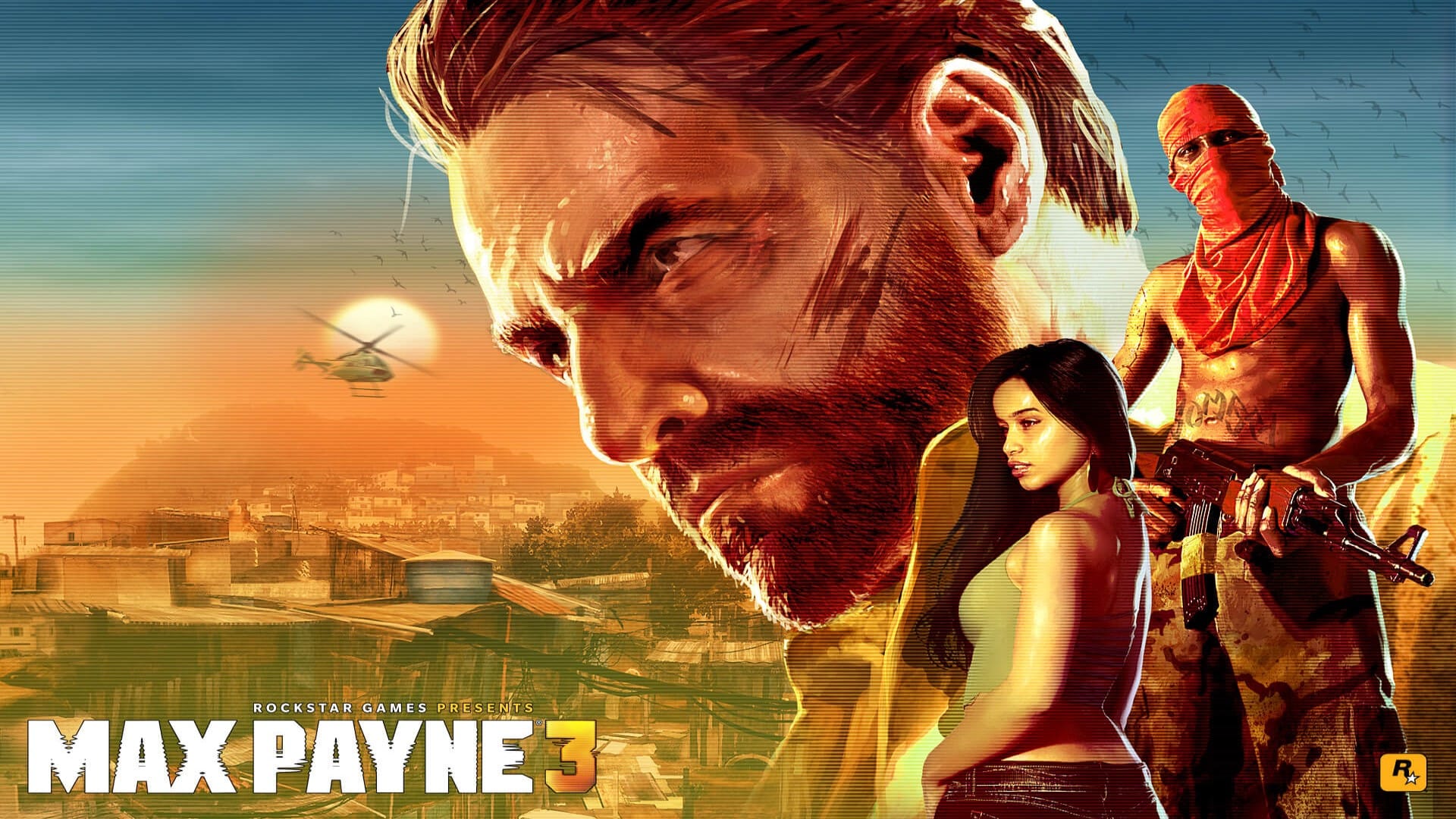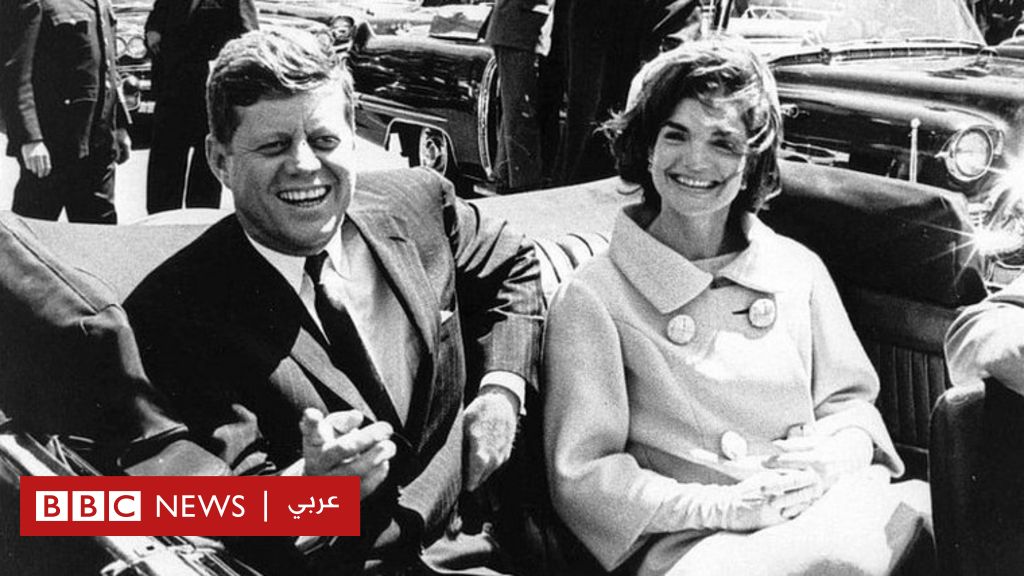Max Payne Movies: A Retrospective Analysis

Table of Contents
The First Max Payne Movie (2008): A Critical Analysis
The 2008 Max Payne film, starring Mark Wahlberg in the titular role, aimed to capture the dark and brooding atmosphere of the games. While the film boasted impressive action sequences and a visually striking style, its reception was largely negative. The movie deviated significantly from the source material's plot, altering key story elements and character motivations.
-
Positive aspects of the film: The film did succeed in delivering visceral action sequences and a generally stylish aesthetic that reflected the game's noir influences. The visual effects, particularly the bullet-time sequences, were a highlight for many.
-
Negative aspects of the film: The biggest criticisms centered around the significant plot deviations from the games. Many felt Mark Wahlberg's portrayal of Max Payne lacked the brooding intensity and nuanced depth of the game's protagonist. The pacing also drew criticism, with some scenes feeling rushed or underdeveloped. The film's attempt to create a more straightforward Hollywood narrative clashed with the game's complex and atmospheric storytelling.
-
Comparison to the video game's narrative and atmosphere: The film struggled to replicate the game's unique atmosphere of paranoia and moral ambiguity. While the game's narrative is complex, weaving together multiple storylines and leaving room for player interpretation, the film simplified this, losing much of the depth and subtlety.
-
The film's impact on the video game movie genre: While not a complete disaster at the box office, the film's mixed critical reception and lukewarm audience response served as a cautionary tale in video game movie adaptation, highlighting the difficulties inherent in translating a game's experience onto the big screen.
Exploring the Reasons Behind the Film's Mixed Reception
The Max Payne movie's failure to resonate with audiences and critics stems from a multitude of factors. The attempt to appeal to a broader Hollywood audience resulted in significant changes that alienated fans of the original game.
-
Deviation from the source material's story and tone: Perhaps the biggest reason for the film's mixed reception was its departure from the source material. The game's intricate narrative and morally grey characters were simplified and altered for a more conventional Hollywood storyline, losing much of the original's unique flavor.
-
Difficulties in translating the game's unique visual style and gameplay mechanics to the big screen: The game's distinct visual style, incorporating elements of film noir and a dark, gritty aesthetic, proved difficult to replicate faithfully on film. Similarly, the game's iconic bullet-time mechanic, though visually represented, didn’t translate the same level of impact or gameplay experience.
-
The challenges of adapting a dark and gritty narrative into a mainstream Hollywood film: The Max Payne games are known for their dark and gritty themes, exploring themes of revenge, addiction, and loss. Translating this mature and complex narrative into a mainstream Hollywood film required compromises that, ultimately, diluted the original's essence.
-
Marketing and audience expectations: The marketing campaign may have misrepresented the film's tone and content, leading to unrealistic expectations among the audience. The significant departure from the source material further exacerbated this issue.
The Legacy of the Max Payne Movies and the Future of Video Game Adaptations
The Max Payne movie adaptation serves as a case study in the challenges of translating video games to film. While it didn't achieve widespread critical acclaim or massive box office success, it undeniably contributed to the ongoing conversation about video game adaptations.
-
Examples of successful video game movie adaptations (e.g., The Witcher, Sonic the Hedgehog): Successful adaptations like Sonic the Hedgehog and The Witcher demonstrate that respecting source material while catering to a broader audience is possible. These movies often maintain the spirit and core elements of their respective games while adapting them to a cinematic format.
-
What these successful adaptations did differently: Successful adaptations generally prioritize staying true to the core elements of the game's story and characters, while also understanding the need for cinematic storytelling adjustments. They focus on capturing the essence of the game rather than trying to create a literal shot-for-shot recreation.
-
The potential for a future Max Payne movie or reboot: A future Max Payne film or reboot remains a possibility, but any such attempt would need to learn from the mistakes of the 2008 film. A renewed focus on fidelity to the source material and a deeper understanding of the game's thematic complexity would be crucial.
-
The evolving landscape of video game movie adaptations: The landscape of video game film adaptations is constantly evolving. The successes and failures of past adaptations continue to inform the approach to future projects, leading to a better understanding of what works and what doesn't when translating the interactive experience of a game to the passive experience of film.
Conclusion
The Max Payne movie adaptation, while visually striking in parts, ultimately failed to capture the essence of the beloved video game series. Its shortcomings highlight the inherent challenges in translating the intricate narratives, unique gameplay mechanics, and atmospheric depth of video games to the big screen. However, it also serves as a valuable lesson for future adaptations, emphasizing the importance of respecting the source material while still creating a compelling cinematic experience. The key takeaway is that a successful video game movie requires a balance between faithfulness to the source material and creative adaptation for the cinematic medium.
What are your thoughts on the Max Payne movies? Share your opinions and experiences with the Max Payne film adaptations in the comments below! Let's discuss the legacy of these films and the future of video game movies.

Featured Posts
-
 Congres Ps Bouamrane Plaide Pour L Unite Face A Faure
May 27, 2025
Congres Ps Bouamrane Plaide Pour L Unite Face A Faure
May 27, 2025 -
 Chelsea Transfer News Emegha Talks Progressing
May 27, 2025
Chelsea Transfer News Emegha Talks Progressing
May 27, 2025 -
 Thqyq Jdyd Fy Aghtyal Rwbrt Kynydy 10 000 Sfht Mn Alwthayq Alsryt
May 27, 2025
Thqyq Jdyd Fy Aghtyal Rwbrt Kynydy 10 000 Sfht Mn Alwthayq Alsryt
May 27, 2025 -
 Retail Sector Strength Could Halt Bank Of Canada Rate Decreases
May 27, 2025
Retail Sector Strength Could Halt Bank Of Canada Rate Decreases
May 27, 2025 -
 Zamfara Police Foil Bandit Attack Kill Notorious Kingpin
May 27, 2025
Zamfara Police Foil Bandit Attack Kill Notorious Kingpin
May 27, 2025
